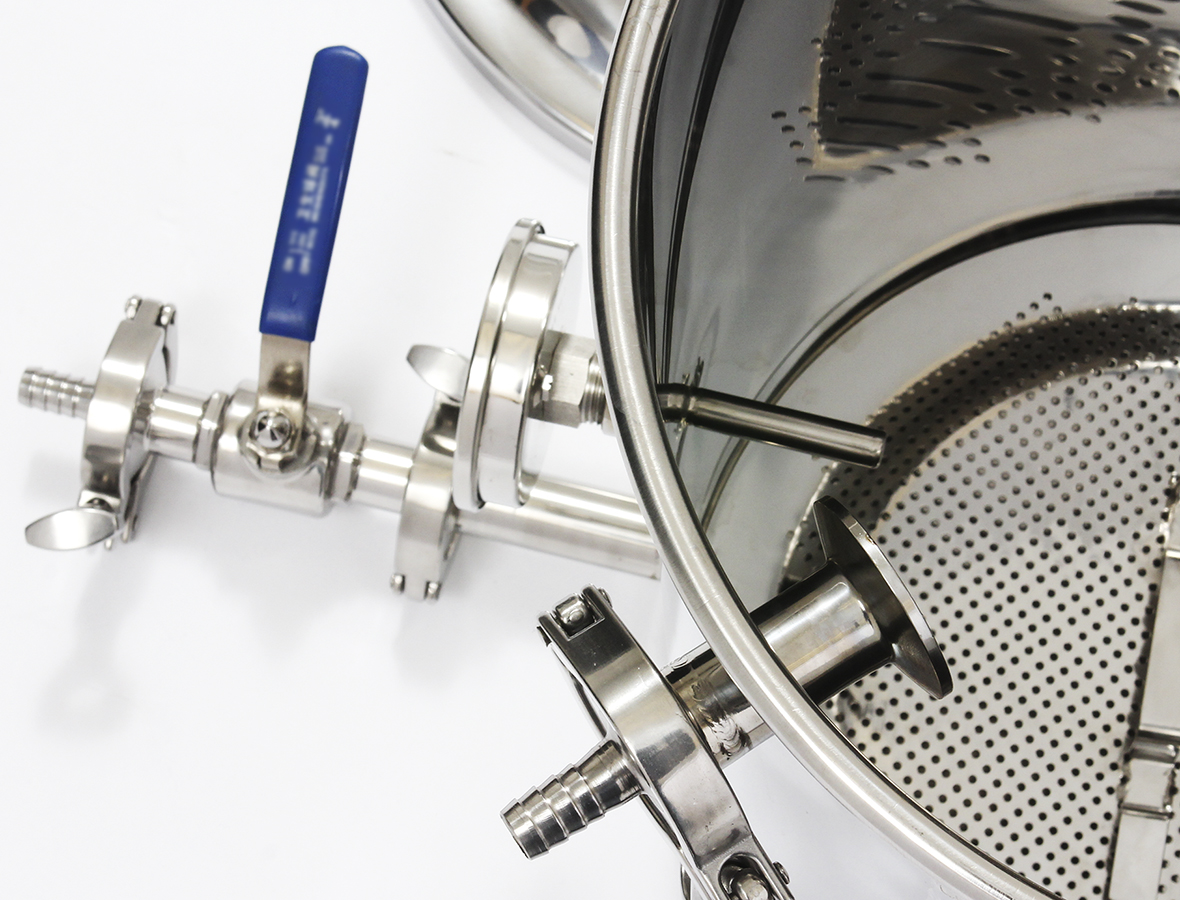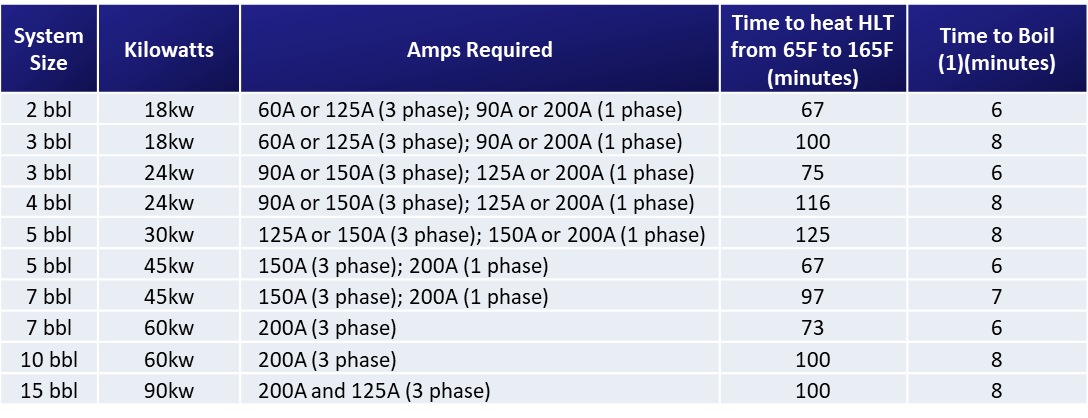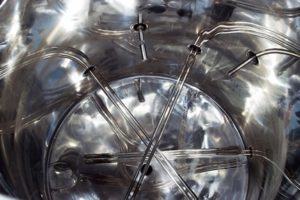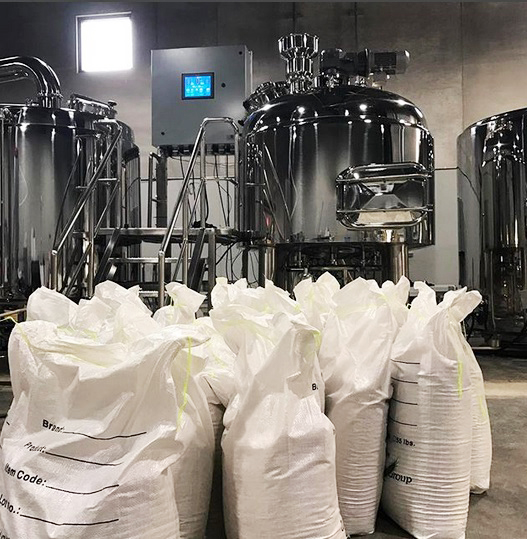
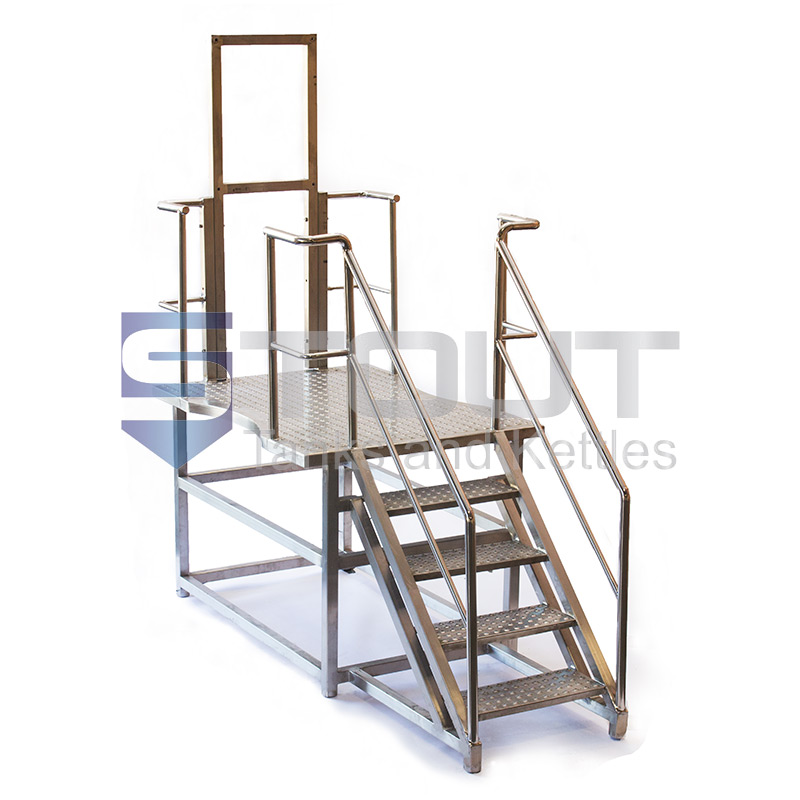
Decisions.. Decisions.. One of the more enjoyable dilemmas that brewers face is choosing a brewhouse setup. One of the first decisions brewers get to ponder is whether to go with a skid mounted brewhouse, or choose a traditional brewhouse with stand-alone components. There are so many factors to consider in this decision, and there are so many Pro’s and Con’s to balance. The good news is that there are NO wrong answers. The choice is yours.
As a proven leader in the craft brewers industry, our Brewery Design Consultants will work with you to determine the best setup for your current, and future, brewing needs. Having worked alongside professional brewers for more than a decade, we offer the following insight that may help you decide which setup is right for you and your brewery:
Why choose a Skid Mount for your Brewery?
The Pro’s:
- The obvious: It looks cool! The first thing people notice about a skid mounted brewhouse is just how cool it looks. With a mash tun and a brew kettle each mounted on one side of the central platform, the brewhouse has an eye-catching symmetry. The hard piping gleams, with its perfect 90° elbows lined up perfectly, and rows and rows of shiny valves placed precisely in order. With every detail thought out, and every component in its most perfect location, it is no wonder why so many brewers want to have a skid mounted brew house.
- Convenience: The biggest factor many brewers consider is the convenience. With 2 vessels mounted on the same skid, the brewhouse is one item to buy, ship and install. A skid mounted brewhouse can simplify your space planning requirements in your brewery because you just need to find a place to park the skid. No matter where you choose, the Mash Tun and Brew Kettle are always going to be next to each other in the perfect alignment. With everything already installed on the brewhouse, and put into the perfect location, it is easy to set up a skid mount system. Except for utility and steam connections, most skid mount systems do not required skilled trades in order to get up and running.
- More Fun: Another reason brewers may choose to use a skid mount for their brewhouse is an obvious one: it is fun! With every detail planned out for you, the valves are always in the right spot, and it is easy to see what you are doing. With the pumps already mounted directly to the skid, it can be easier to move wort around. There is no need to find and move the pump cart and connect up the hoses to proper connection. Everything is already connected. You just have to open the right valves.
- It is Easier to Relocate: A skid system can be convenient to relocate. If you brewery grows, and we hope that it does, you will need to reconfigure your space. It is easy to move the skid around on its own wheels. It is also easy to move to another location or another brewery if you find another site. Either way, our team of Brewery Design Consultants are happy to advise you on your best options.

The Con’s:
- Expense: All the above mentions convenience may come with additional cost. The cost of the stainless steel skid and all that hard piping (and valves) can add considerable expense to the brewhouse. Costs include the materials cost for the skid, and all the labor to cut and weld the skid together and to attach the brew kettle and mash tun to the skid. All of the hard piping also has to be cut, bent and mounted onto the skid. Each contact point requires a weld and some time to polish. There is also the cost of shipping the extra weight of the skid and the piping.
- Harder to Move in a Tighter Space: Moving a skid system in a tight space can be a little more difficult. Skid systems require a bigger door to get them into a building and a bigger forklift to get them off the truck. Before you buy a skid system make sure you can get it into the building and move it easily into space.
- Sanitaion: One thing that many people fail to consider early is sanitation. Hard piping can be harder to clean inside the pipes. It can require a lot of water and chemicals to Clean In Place. It can take extra time as well.
Why choose a Traditional Brewhouse?
The Pro’s:
- Cost: Cost is often a deciding factor behind choosing a traditional brewhouse. The individual components are easier to manufacture than a skid mounted system, and without the additional materials in skid and piping, there is just less to buy and ship. A traditional brewhouse offers all the functionality of a skid mount system with less stainless steel, less labor to manufacture, and less weight to truck to your brewery.
- Hoses are Cheaper: Brewer’s hose costs much less by the foot than stainless steel piping. With a traditional brewhouse, you can use one length of hose for several steps in the process, getting by with one hose, where a skid system requires a length of pipe for each function. Many skid systems have 2 or 3 sets of parallel pipes.
- Better for Non-Traditional Space: Traditional brewhouses can be easier to fit into non-traditional spaces. If your building has odd shapes and spaces, it can be easier to fit a traditional brewhouse than a skid mount. Many historic buildings have space constrictions like smaller doors, posts and columns in inconvenient locations, and lower ceilings. The size of your brewhouse may be limited to the smallest opening in your building. You can place the individual components in the most space efficient way possible. Sometime just a slight movement or realignment can make all the difference in how you use the space.
- Control over Configuration: You can configure your brewing system exactly the way you want it. If you have strong opinions about the proper angle of your brew kettle versus the mash tun, then a traditional system is for you. Some brewers like to maximize the ergonomic placement of their equipment, which is much easier when the pieces can all move independently.
- More Room to Grow: Traditional systems also offer more flexibility as you grow or change your process. It is easier to add components or new steps to your brew process if you have unlimited creativity in the placement of the brewhouse. Adding a new whirlpool or hop back to your process, or upgrading the plate chiller might be a little simpler if you can reconfigure the placement of all the other components.
Con’s:
- Hoses: When it comes to brewer’s hose, some brewers love the flexibility that a few lengths of hose can provide. They love the ease of cleaning, and the ability to hang hoses to dry. Others dislike the clutter of hoses on the ground, and prefer to have as many pipes as possible fixed in place.
Conclusion:
If money and space are not limits for you, and you want the luxury of a well-designed brewhouse, there is a skid system with your name on it. If you are on a budget, have limited space, or need the flexibility to change your brewhouse as your brewery grows, you might find yourself in a traditional brewhouse. The good news is, you can make great beer with both. If you would like to get a quote for your brewery setup, follow this link to start the conversation.
Cheers!

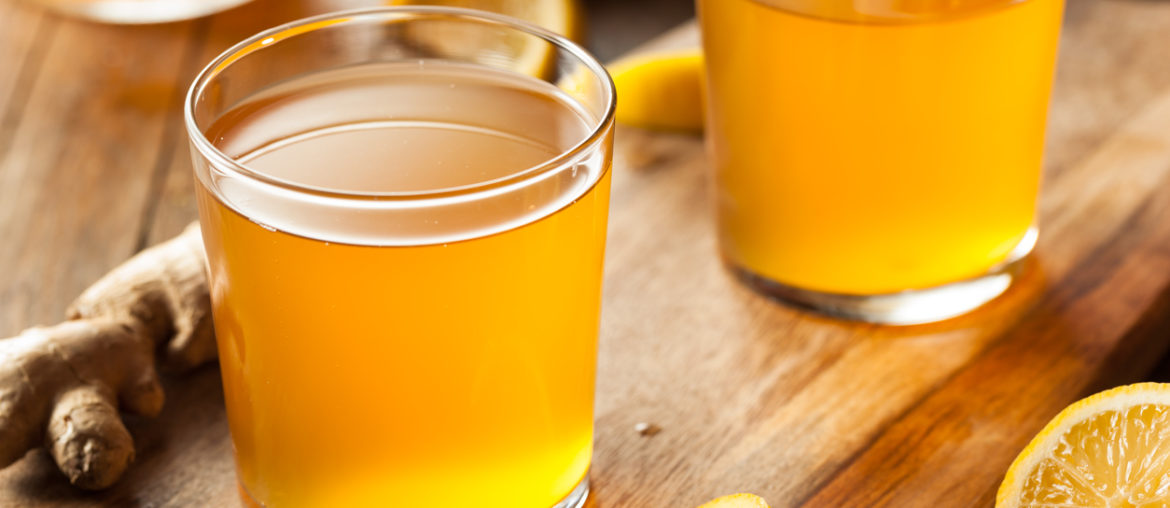





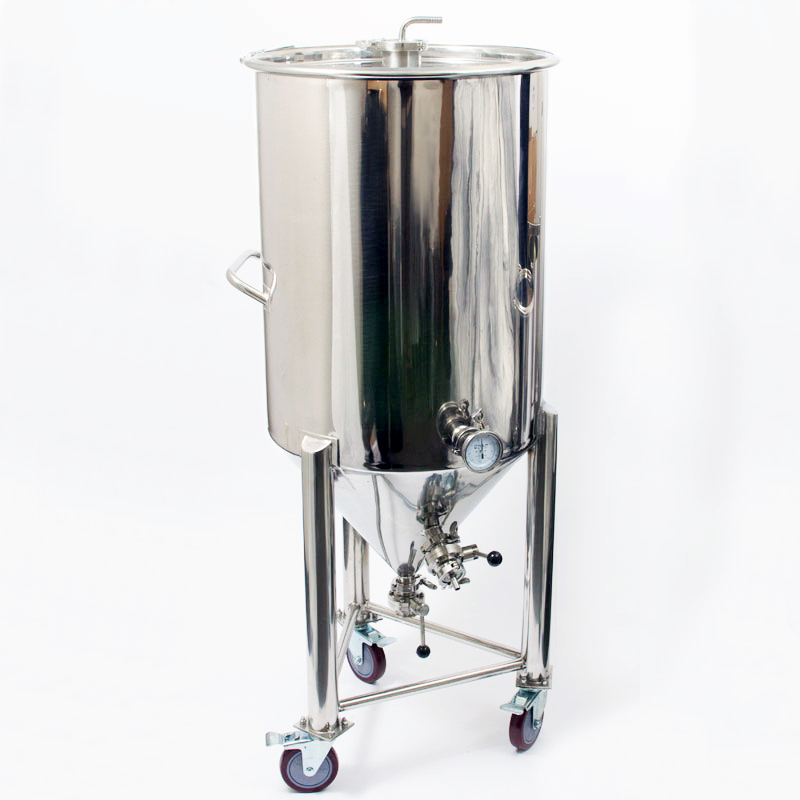
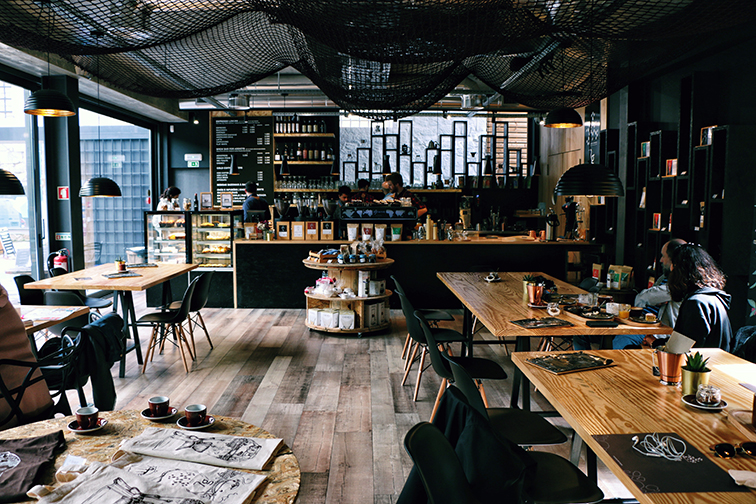
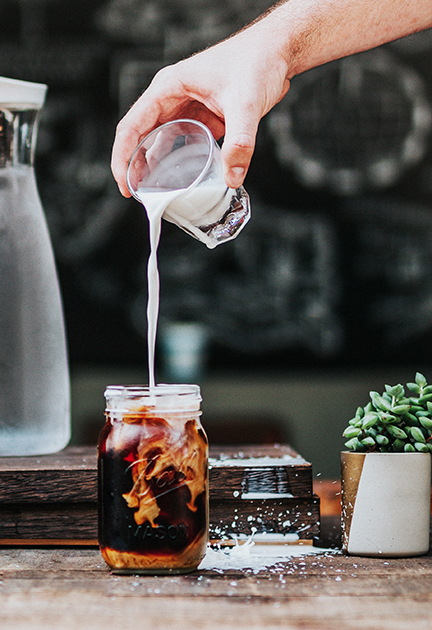



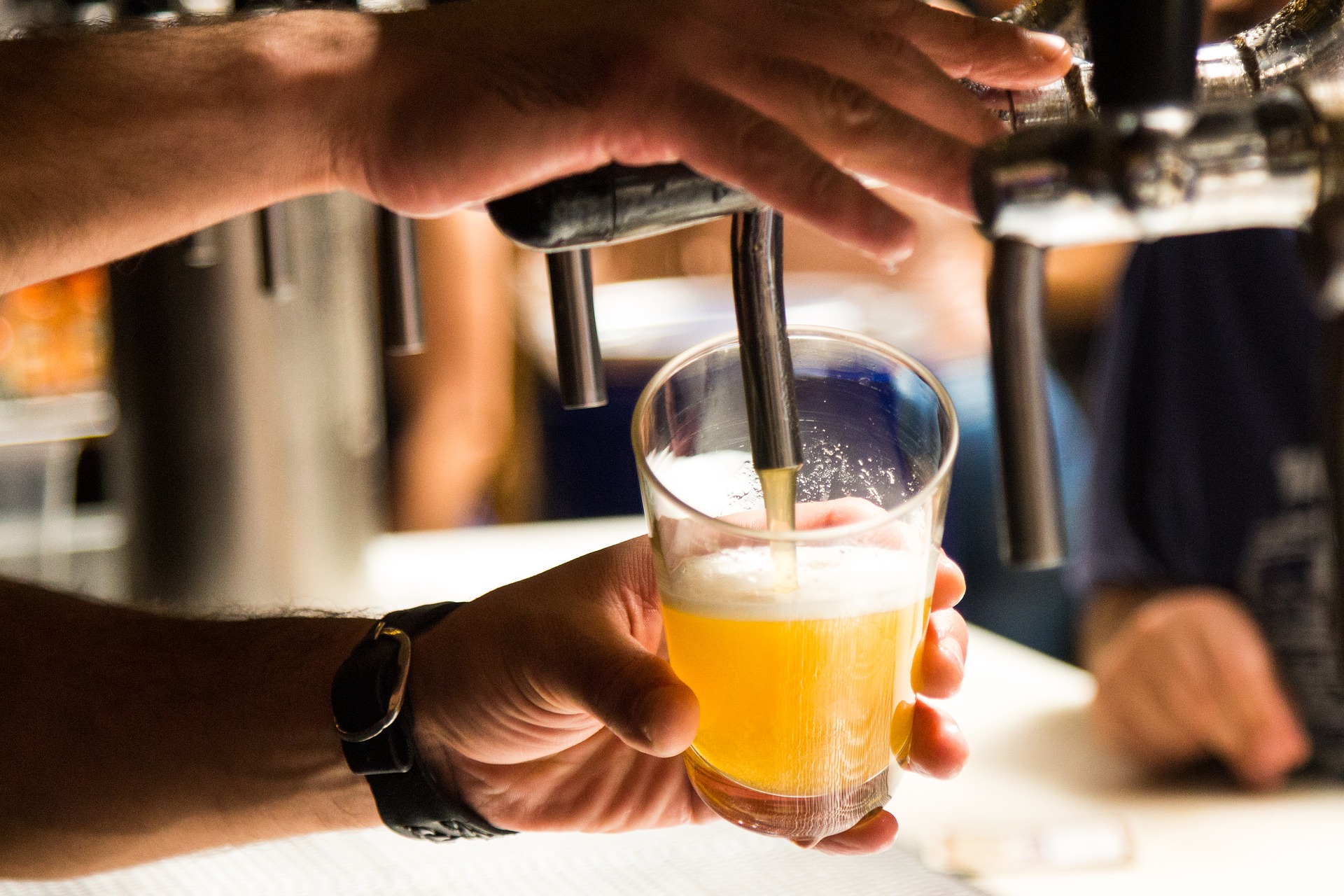 CURRENT TREND
CURRENT TREND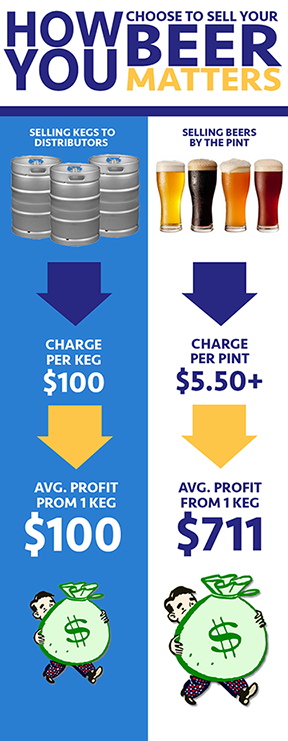
 This change in the way that beer is bought has a corresponding change in the way that beer is brewed. The brewery has to be scaled to the sales model. If beer in the taproom is worth 6 times more than beer in distribution, then the brewery has to be about 1/6th the size. Instead of a 50 barrel system, maybe you brew on a 10 barrel system. Instead of a 30 barrel system, maybe you brew on a 5 or a 7 barrel system. At Stout Tanks and Kettles, our customers are buying 2 to 10 bbl systems in much greater numbers than they were even a few years ago. Our
This change in the way that beer is bought has a corresponding change in the way that beer is brewed. The brewery has to be scaled to the sales model. If beer in the taproom is worth 6 times more than beer in distribution, then the brewery has to be about 1/6th the size. Instead of a 50 barrel system, maybe you brew on a 10 barrel system. Instead of a 30 barrel system, maybe you brew on a 5 or a 7 barrel system. At Stout Tanks and Kettles, our customers are buying 2 to 10 bbl systems in much greater numbers than they were even a few years ago. Our 
